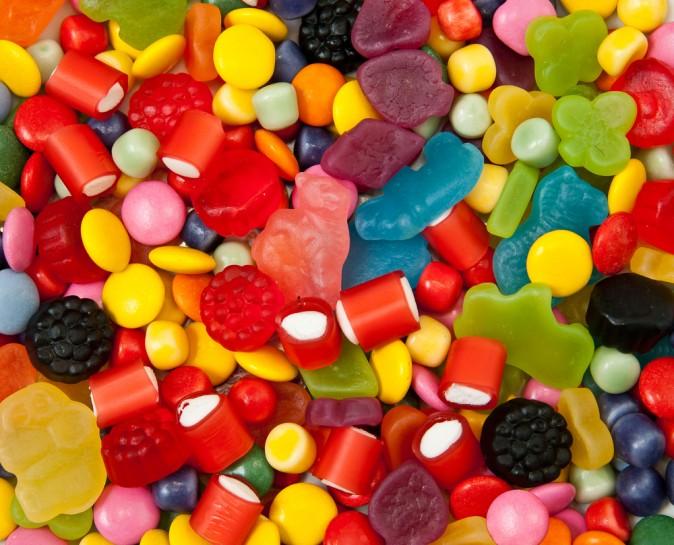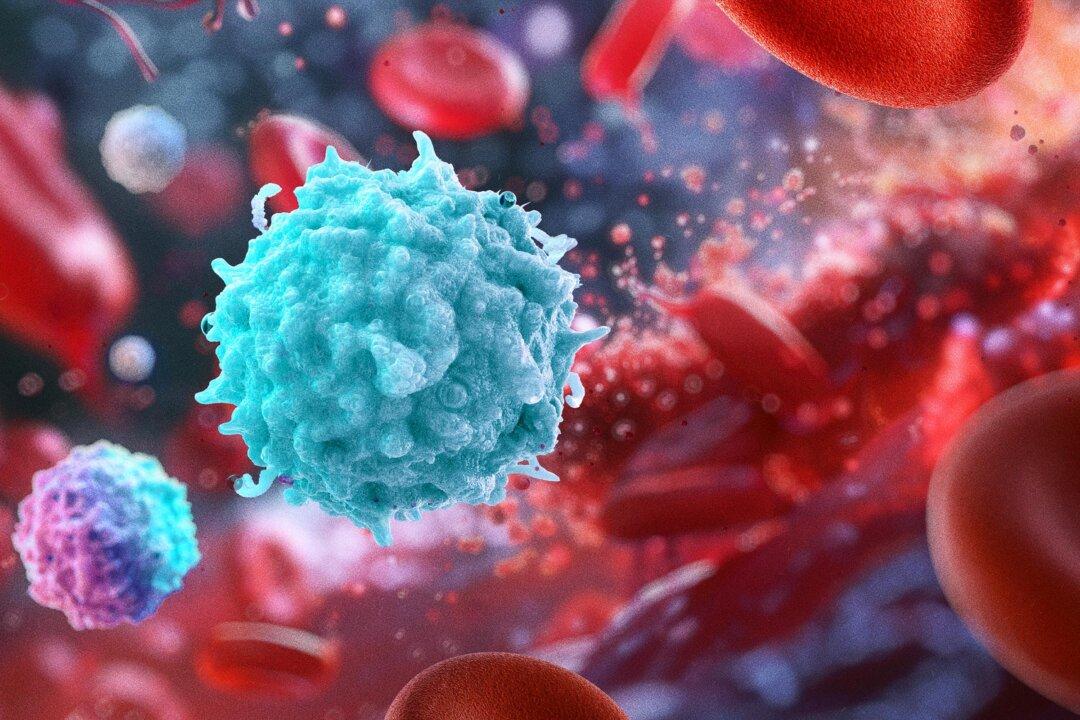Food is primarily about taste, but as the saying goes, “we eat first with the eyes.”
No one knows this better than the food industry. Appealing to our visual appetite, U.S. food manufacturers use about 15 million pounds of synthetic dye a year—five times the amount used in 1950. Manufacturers prefer to add artificial colors because they are cheaper, brighter, and more stable than natural color sources.
Candy, cereal, and other products geared toward children are colored with the brightest pigments, but manufacturers tint more of your food than you might think. Meat, baked goods, beverages, pet food, soup, salad dressing, macaroni and cheese, ice cream, pickles, and cosmetics may all contain synthetic dye.
U.S. food dye regulation began with the 1906 Pure Food and Drugs Act which warned of criminal penalties for using “poisonous or other added deleterious ingredient which may render the article [food] injurious to health,” or “in a manner whereby damage or inferiority is concealed.”
Current U.S. Food and Drug Administration (FDA) guidelines allows for dyes which have been tested and certified to legally specified limits that “will not pose a lifetime risk of greater than one cancer in one million people.”
Banned in Europe
Several dyes approved in the U.S. food system are banned in European countries due to evidence that they may cause tumors, organ damage, allergic reactions, and hyperactivity. The British government urged companies to stop using most food dyes by the end of 2009, and the European Union now requires a warning notice on the same synthetically colored food approved as safe in America.
In 2011, an FDA food advisory committee determined that there was no causal link between hyperactivity and food dye exposure based on available evidence. However, the committee urged FDA to conduct additional research to further investigate the potential for developmental or behavioral effects related to color additives.
The struggle to ban synthetic colors stretches back to the 1970s. One of the most outspoken critics has been the Center for Science in the Public Interest (CSPI). The food safety advocate sent a petition to the FDA in 2008 calling for a ban on nearly all artificial coloring agents. A CSPI statement from July 2014, continues to address gnawing concerns:
“In the 1990s, government scientists in the United States and Canada discovered that the three most widely used dyes, Red 40, Yellow 5, and Yellow 6, contained small amounts of known carcinogens. No more recent tests have been conducted.”
In a 2010 report “Food Dyes: A Rainbow of Risks,” CSPI lays out the latest science on food color safety.







